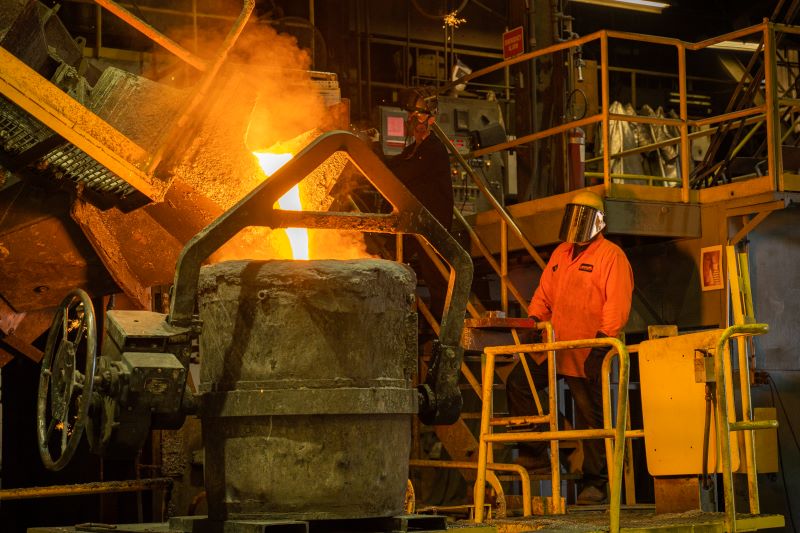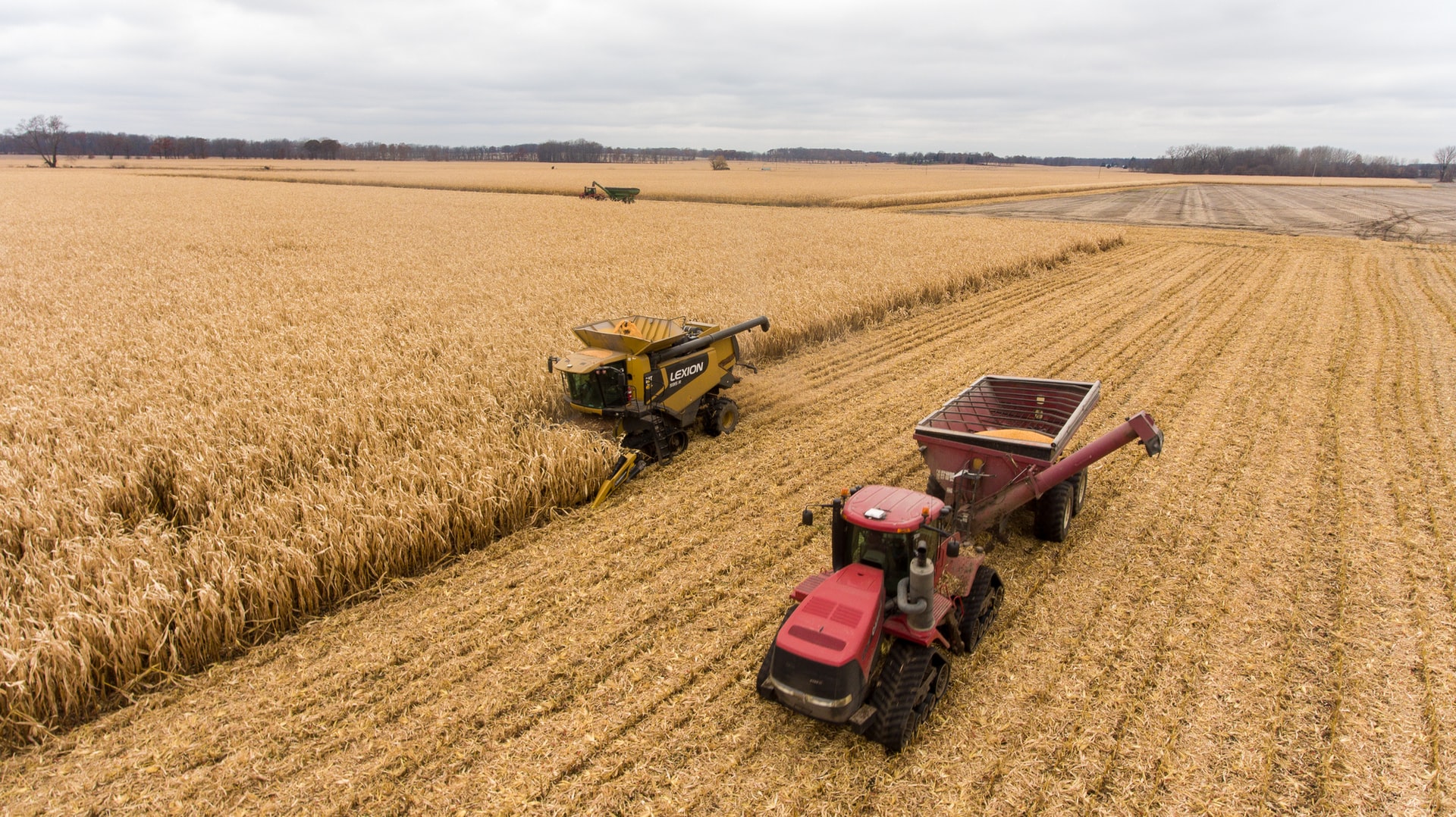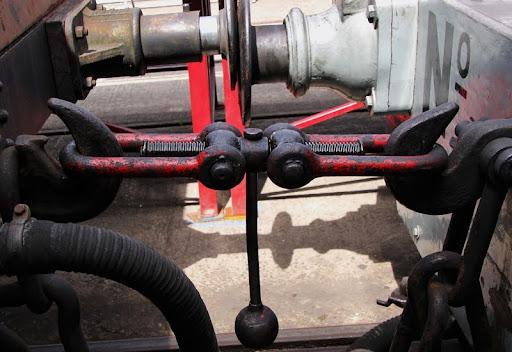Mechanical properties define the character of metals and their suitability for various applications. These characteristics are crucial in understanding why certain irons behave the way they do under stress or when being shaped.
Enter the malleable iron vs. ductile iron debate, with each metal having distinct properties. Choosing the right type of iron for a specific application is not just a matter of preference — it's a decision that can impact the performance, durability, and cost-effectiveness of a project.
What is Ductile Iron?
Ductile iron, also known as nodular iron or spheroidal graphite iron, is a type of cast iron that was developed as an improvement over traditional cast iron. The defining characteristic of ductile iron is the presence of spherical graphite nodules in its microstructure, as opposed to the flake graphite found in gray cast iron. This unique structure is achieved through a carefully controlled process that involves the addition of magnesium or cerium to the molten iron.
The composition of ductile iron typically includes carbon, silicon, manganese, magnesium, phosphorus, and sulfur, with the carbon content existing primarily in the form of graphite nodules. The silicon helps to promote the formation of graphite during solidification, while manganese, phosphorus, and sulfur are kept at low levels to maintain the integrity of the iron.
What is Malleable Iron?
As its name suggests, malleable iron is a class of cast iron that has been treated to become more ductile and malleable. Unlike the more brittle cast irons, malleable iron is created through a heat treatment process that transforms the carbon content into a structure that allows it to deform without fracturing.
Malleable iron typically includes iron, carbon, silicon, manganese, phosphorus, and sulfur. The carbon in malleable iron is primarily in the form of temper carbon, which is derived from graphite and is dispersed throughout the iron in a rosette-like pattern. Silicon is added to help control the carbon level; this also ensures that the iron solidifies with the desired structure.
Malleable Iron Vs. Ductile Iron: How They Compare

When it comes to selecting the right type of iron for a project, understanding the differences between malleable iron vs. ductile iron is crucial. Both materials have their unique advantages and are suited for different applications.
Strength and Durability
Ductile iron is known for its high tensile and yield strength, which are a result of its nodular graphite inclusions. These spherical inclusions help to distribute stress throughout the material, making it very strong and less likely to suffer from sudden failure. Ductile iron is also durable, with good fatigue resistance — the weakening of material caused by repeatedly applied loads.
While not as strong as ductile iron in terms of tensile strength, malleable iron still offers a good strength profile and is more durable than traditional gray cast iron. Its strength comes from the tempered carbon that forms during the annealing process, which contributes to the iron's ability to withstand deformation without breaking.
Flexibility and Ductility
The name 'ductile iron' comes from the material's high ductility. It can flex or deform under stress without losing its integrity, which is particularly useful in applications where the material must endure bending or twisting forces.
Malleable iron also exhibits good ductility, though not to the same extent as ductile iron. It can be bent or deformed to a significant degree, which is why it's often used for small castings that need to be shaped after they are made.
Impact and Wear Resistance
The impact resistance of ductile iron is excellent thanks to the energy-absorbing spherical graphite structures within its matrix. It can withstand sudden forces without fracturing, making it ideal for components in high-stress environments. Ductile iron also has good wear resistance, which can be further enhanced with heat treatments.
Malleable iron also has good impact resistance, particularly at lower temperatures where other irons might become brittle. Its wear resistance is generally strong (though not quite at the level of ductile iron) and it can also be improved through heat treatment.
Pros and Cons of Ductile Iron
Ductile iron has become a staple in modern engineering and manufacturing due to its superior mechanical properties.
Pro: High Tensile Strength and Ductility
One of the most significant advantages of ductile iron is its high tensile strength and ductility. The presence of graphite in the form of tiny, round nodules within its structure imparts an ability to withstand tensile stress, allowing it to stretch or bend without breaking. This makes ductile iron an excellent choice for applications that require a high degree of durability, such as water pipes, automotive components, or machinery parts.
Pro: Good Fatigue Resistance
Ductile iron exhibits excellent fatigue resistance, which is the material's ability to withstand repeated or fluctuating loads over an extended period without succumbing to fatigue failure. This characteristic is particularly important for components that experience cycles of loading and unloading, such as crankshafts, gears, and axle components. The endurance limit of ductile iron is often much higher than that of other cast irons, making it a preferred material for dynamic and high-stress applications.
Con: Higher Cost Compared to Some Other Irons
One of the disadvantages of ductile iron is its higher cost relative to some other types of cast iron, such as gray iron. The production of ductile iron involves additional materials and processes (such as the addition of magnesium or cerium) which can increase the overall cost of the material. For projects with tight budgets, a less expensive alternative might be considered.
Pros and Cons of Malleable Iron
Malleable iron has been a cornerstone in the manufacturing industry for many years, offering a unique combination of strength and malleability that is not found in other forms of cast iron.
Pro: Good Tensile Strength
Malleable iron is known for its good tensile strength, which is the maximum amount of tensile stress that a material can take before failure. This property is a result of the heat treatment process that malleable iron undergoes, which transforms brittle iron carbide into aggregates of graphite and ferrite or pearlite. The resulting microstructure allows malleable iron to withstand significant force without breaking, making it suitable for producing parts like brackets, couplings, and valves that must handle stress without failing.
Pro: Excellent Machinability
One of the most significant advantages of malleable iron is its machinability. The graphite structure in malleable iron acts as a chip breaker and lubricant, facilitating the machining process. This characteristic makes it easier to cut and shape, which means smoother finishes and less wear on cutting tools. The ease of machining allows for the cost-effective production of complex shapes and precision parts, which is highly valued in the manufacturing sector.
Con: Less Ductile than Ductile Iron
While malleable iron is more ductile than traditional cast iron, it is less ductile compared to ductile iron. With its nodular graphite, ductile iron has a higher degree of ductility, which allows it to stretch, bend, and deform before failing. While still capable of withstanding some deformation, malleable iron is more likely to crack or break under extreme tensile stress. This limitation can affect the choice of malleable iron in critical structural applications, namely where the material must endure high levels of strain without compromising its integrity.
Recommended Use Cases for Ductile Iron

Ductile iron's unique properties make it an ideal material for a wide range of applications. Its ability to withstand stress makes it a preferred choice in both industrial and infrastructure settings.
Pipes and Fittings
Ductile iron pipes are favored for their strength, durability, and corrosion resistance. They can handle high-pressure water flow and are resilient against environmental factors, making them a long-lasting solution for water transportation.
Automotive Components
The automotive industry relies on ductile iron for a variety of components due to its strength-to-weight ratio and fatigue resistance. Common automotive parts made from ductile iron include engine blocks, crankshafts, gears, and suspension systems. These components benefit from ductile iron's ability to absorb vibration and shock, contributing to vehicle performance.
Machinery Parts
Ductile iron is also extensively used in the manufacturing of industrial machinery parts. Its excellent wear resistance and strength make it suitable for producing gears, valves, pump housings, or agricultural implements. The material can withstand the rigorous demands of heavy machinery and can be cast into complex shapes, which is often required for specialized equipment.
Recommended Use Cases for Malleable Iron
Malleable iron serves as an excellent material for a variety of specialized applications. Its capacity to endure deformation without cracking makes it particularly suitable for items that require a degree of pliability alongside strength.
Electrical Fittings and Connectors
In the electrical industry, malleable iron is often used to manufacture fittings and connectors. These components need to be durable yet pliable enough to accommodate the adjustment of electrical systems. Malleable iron is ideal for producing robust junction boxes, conduit bodies, and service entrance caps, which are essential for protecting electrical connections.
Hand Tools and Hardware
Hand tools such as wrenches, clamps, and hammers benefit from malleable iron's strength, which are critical properties that help the tools withstand the impact applied during use. Similarly, hardware items like brackets, hinges, and latches offer a combination of load-bearing capacity and resilience.
Decorative Ironwork
Malleable iron is also a popular choice for decorative ironwork, including items like ornamental fencing, gates, and furniture. The material can be cast into intricate designs and shapes, allowing for a high level of detail in decorative pieces. Additionally, malleable iron's ability to withstand the elements makes it suitable for indoor or outdoor applications, ensuring that the decorative pieces maintain their aesthetic appeal over time.
How to Choose?
When weighing the benefits of malleable iron vs. ductile iron for your project, it's essential to consider factors that can influence the performance and longevity of the material.
Assessing the Mechanical and Physical Requirements
The first step is determining the primary requirements of your project; in other words, weighing in on ductility vs. malleability as a priority.
If your project requires a material that can withstand high tensile forces and significant deformation before failure, ductile iron is likely the better choice. Its nodular graphite structure provides excellent ductility, making it suitable for components that are subject to dynamic loads or need to flex under stress without cracking.
On the other hand, if the component requires merely good tensile strength, malleable iron may be sufficient. It is less ductile but still offers better malleability than traditional cast iron, which can be advantageous for small castings that need to be shaped after casting.
Considering the Environmental Conditions
Environmental conditions are an important part of the malleable iron vs. ductile iron decision. Ductile iron performs well in harsh environments, including those with fluctuating temperatures and potentially corrosive elements. Its fatigue resistance makes it ideal for outdoor infrastructure and industrial applications where the material may be exposed to stress or weathering.
Malleable iron also offers good resistance to wear, but it may not perform as well under extreme conditions. It is often used in applications where the environmental demands are moderate, such as electrical fittings and general hardware.
Evaluating Cost-Effectiveness for Your Project
Of course, the cost is one of the most important things when factoring in ductile vs. malleable options. While ductile iron may come with a higher initial cost, its durability and longevity can make it more cost-effective in the long run. This is especially true for applications where failure of the component could result in significant downtime or maintenance costs.
Malleable iron is a cost-effective option for projects where the properties of ductile iron are not necessary. If the application does not demand the highest levels of ductility or strength, malleable iron can provide a solid performance at a lower cost.
Build Better Solutions with Urick
No matter the project, Urick Ductile Solutions will work with you to create high-quality, custom-tailored parts for every application. Contact our expert team today for a free quote!



